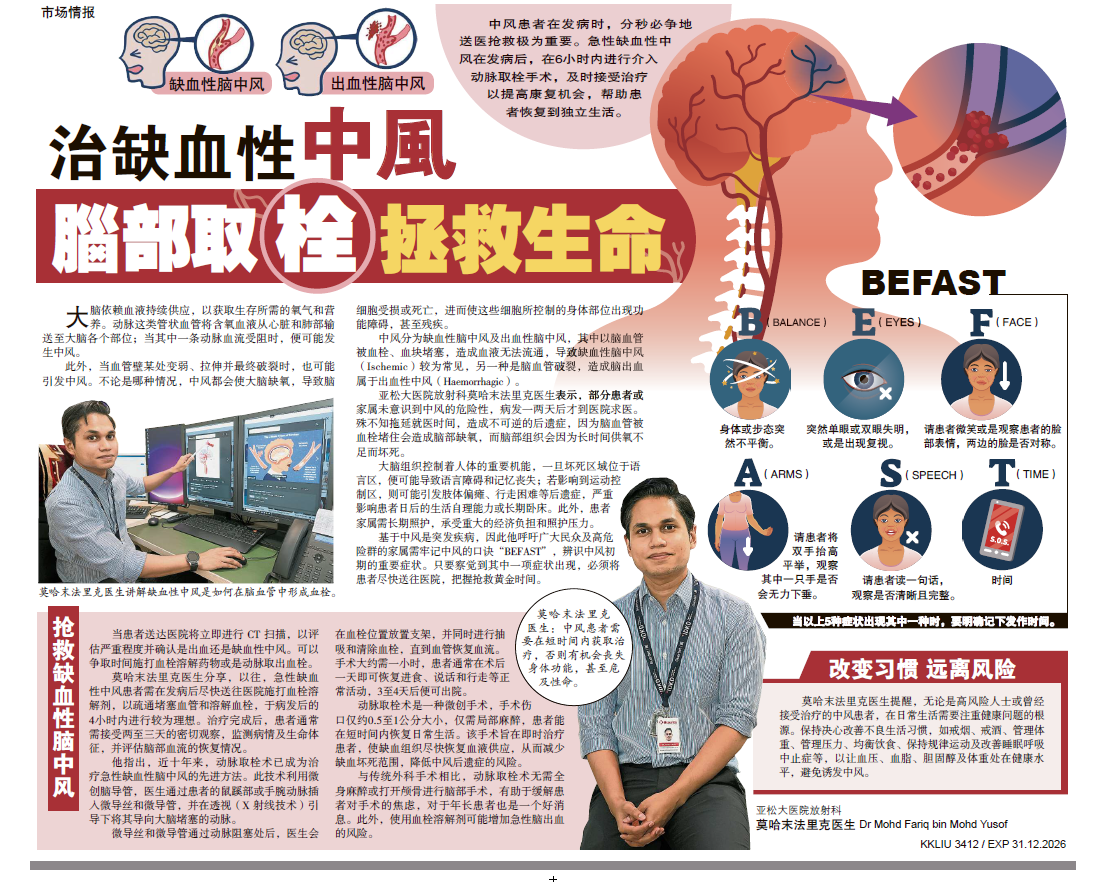Our busy lifestyles can be hard not only on our health but also on our family’s health. Rushing to and from school and work can make it hard to find time to be physically active. We can also slip into the habit of choosing unhealthy snacks and take-away foods or spending our free time watching TV or in front of the computer. However, these choices can be dangerous for our health and our children’s health – both now and in the long-term.
How to teach our kids to lead a healthy lifestyle:
Aerobic Activities:
Children enjoy aerobic activities. At least they should make up for an hour a day. This can include moderate-intensity aerobic activity, such as brisk walking, or vigorous-intensity activity, such as running. Be sure to include vigorous-intensity aerobic activity on at least 3 days per week.

Muscle Strengthening activities:
Muscle strengthening activities, such as gymnastics or push-ups can be encouraged for the children. Can be done for at least 3 days per week for about an hour.

Bone Strengthening Activities:
Bone strengthening activities, such as jumping rope or running can be included at least 3 days per week for an hour.
What can we do to get and keep our child active?
As a parent, we can help to shape our children’s attitudes and behaviours towards physical activity. To start up with a healthy life, encourage young people to be physically active for one hour or more each day, with activities ranging from informal, active play to organized sports.
We should set a positive leading example ourselves.
- We should make physical activity part of our family’s daily routine by taking family walks or playing active games together.
- Give our children toys that encourages physical activity.
- Take young people to places where they can be active, such as public parks, community playgrounds and basketball courts.
- Make physical activity a fun. Fun activities can be anything our children like.
- Instead of watching television during their leisure, encourage your child to find fun activities to do on their own or with friends and family.
- Don’t reward children with TV, video games, candy or snacks for a job well done. Find other ways to celebrate good behaviour.
- Be safe. Always provide protective equipment such as helmets, wrist pads or knee pads and ensure that activity is age-appropriate.
What if my child has a disability?
Physical activity is important for all children. It’s best to talk with a health care provider before your child begins a physical activity routine. Try to get advice from a professional with experience in physical activity and disability. They can tell you more about the amounts and types of physical activities.
Flat Feet in Young Children
There are many bones in the feet, which are held together by stretchy bands called ligaments. Flat feet are usually due to loose or soft ligaments and baby fat between the foot bones. This causes the arch to flatten when the child stands up which is why flat feet are sometimes called “fallen arches”. As the child grows, their soft bones ossify and become more and more solid. Gradually the shape of the fully-grown foot will take form.
Flat feet is when there is no developed arch while standing. It’s common in toddlers because they have weak muscle tone in the foot, loads of fat padding and loose ankle ligaments that let the foot lean inwards.
When the child starts walking, these ligaments and muscles strengthen. By the time they’re five, a more prominent medial arch should have developed. Sometimes it keeps forming up until the age of around eight or nine.
Two ways to check if child has flat feet is to either get them to stand on tiptoe or to dangle their feet in the air from a high chair or table. Both methods allow a curved arch to be seen more prominently. Look out for any sign of curvature.
But please don’t be concerned if the child is flat-footed at this stage of development! Between 3-13% of kids have flat feet. Just keep an eye on it and think about getting some advice should your child start to feel discomfort or pain.
There are different terms that are used to describe flat feet but essentially they all mean the same thing. They are:
- Pes planus
- Pes valgus
- Pronated feet
- Fallen arches
Flat feet can also be caused by tight muscles, which is more likely to cause pain.
Does the child need treatment for flat feet?
If the child does not have any associated problems with their flat feet then they are unlikely to need treatment. However, if the child complains of foot, ankle or knee pain, or has poor balance, or poor stamina in walking then you can speak to your General Practitioners or Orthopaedic doctors about a referral to see a physiotherapist or podiatrist. The problem can then be assessed and treated accordingly.
HOW TO BUY SHOES FOR FLAT FOOTED KIDS
Always remember that barefoot is best, as long as the environment allows it. Going barefoot helps the muscles and ligaments strengthen.
When it comes to shoes, it’s so important to give kids room to grow, because badly-fitted or poorly-designed shoes can adversely affect the child’s feet. For example, large gaps between young bones can be bent out of shape without children even noticing or feeling pain.
Try to avoid excessively flared or undershot heels, which can cause instability. Instead, choose shoes with flexibility, durability and stable heel counters. Flexibility is key, especially for toddlers, as best foot health practice is to mimic the freedom of movement as closely as possible.
Built-in arch support won’t actually make an arch develop for all cases. Try to improve on physical activities to develop a healthy natural arch.











